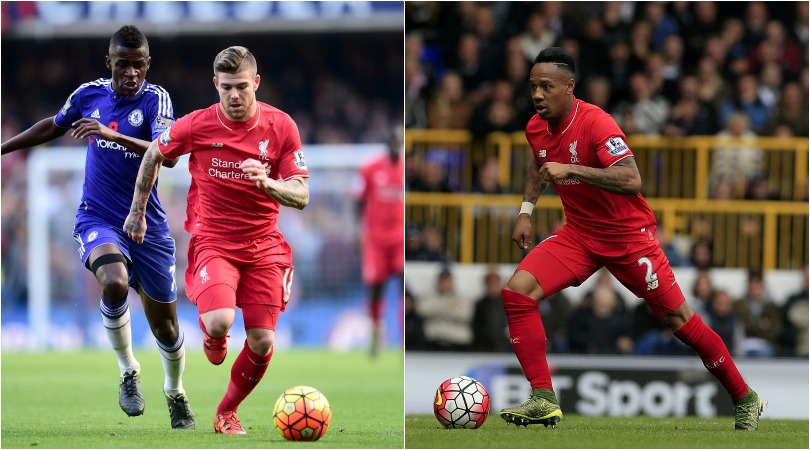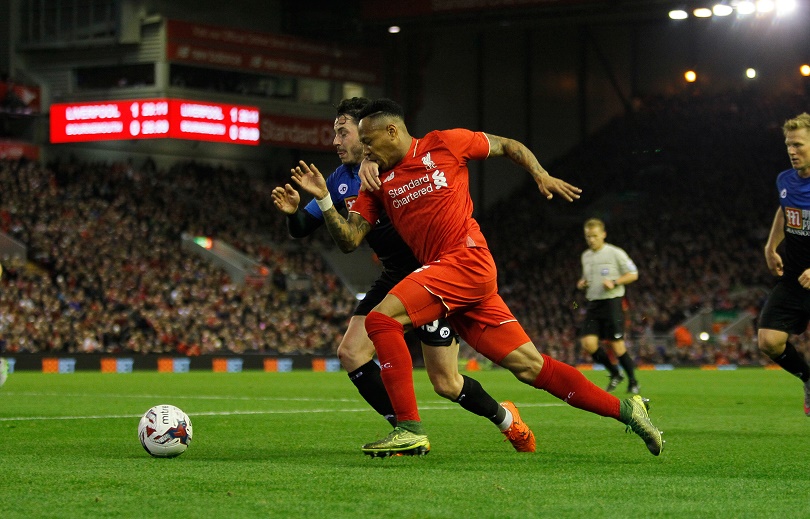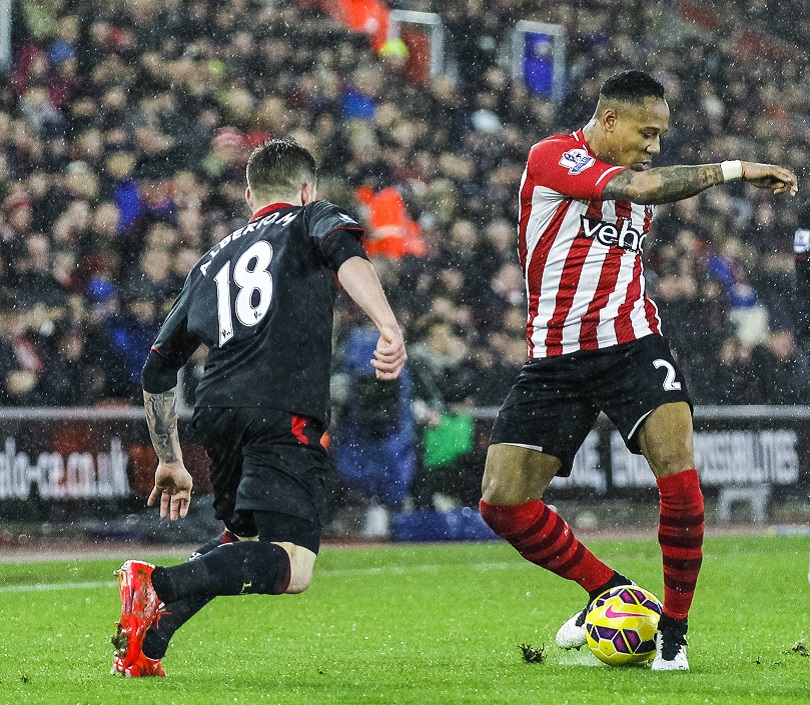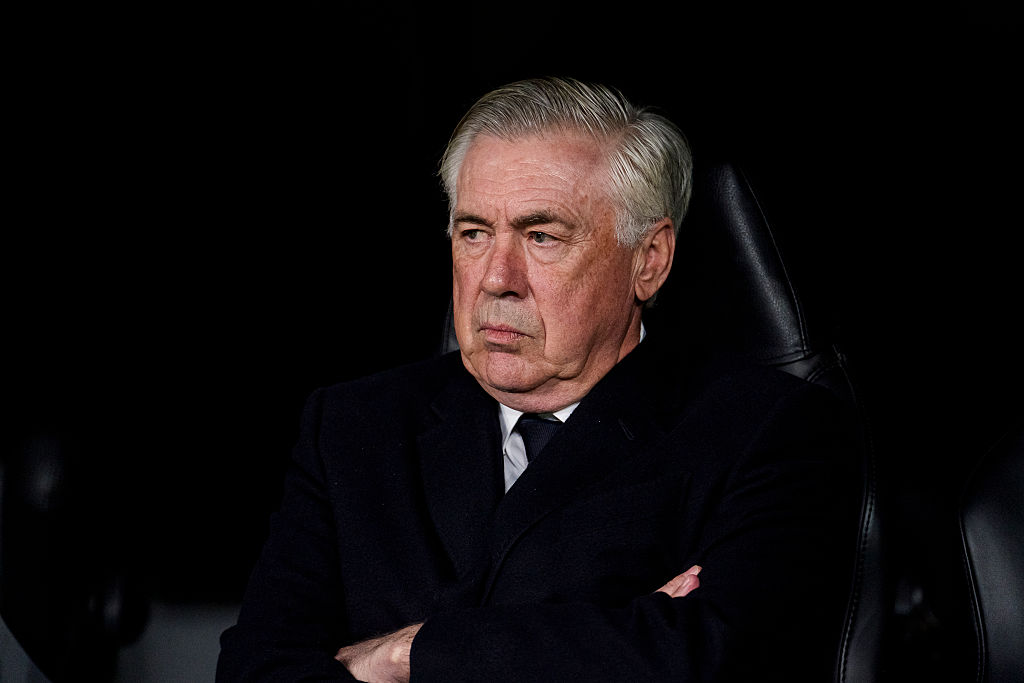Clyne and Moreno are helping to end Liverpool's long-standing curse
Alex Hess argues that the Reds may have found two long-term solutions to their problem position...

It’s the curse that has crippled Liverpool for nearly two decades. Not the perch-usurping antics of Alex Ferguson; not the inability to match the budgets of their rivals’ sugar daddies; not the failure to upgrade their stadium in alignment with the demands of the modern age. No, the real source of the Reds' downfall has been their failure to employ two decent full-backs at once. There's a degree of hyperbole there, but not as much as you might think.
To illustrate, here are some of the personalities to have played 10 league games or more in a single season since the turn of the millennium: Abel Xavier, Stephen Wright, Djimi Traore, Josemi, Jan Kromkamp, Emiliano Insua, Andrea Dossena, Paul Konchesky, Jose Enrique, Aly Cissoko and Javier Manquillo.
Quite the collection – especially given some of those played for multiple campaigns – with the combination of low quality and high quantity proof that much of Liverpool’s recent past has been marred by an ongoing game of low-grade musical chairs for what amounts to one-fifth of the team’s outfield positions. Hardly ideal in a sport where marginal gains can make all the difference.
Over the last five league campaigns alone, Liverpool have fielded 13 different full-backs, which doesn’t even include players used out of position. At Manchester United, Chelsea, Arsenal and Manchester City, that number is nine, nine, eight and six respectively. If the ideal full-back, as the cliché would have it, is a model of consistency, then Liverpool’s have been as inconsistent in personnel as they have in performance.
Falling short
The Anfield regulars who’ve been shelling out good money to watch Jose Enrique shank another aimless punt into touch can be forgiven for feeling a tad short-changed
Looking further back, it’s fair – if faintly remarkable – to conclude that only two Liverpool full-backs of the modern age could claim to be anything approaching top class. Both saw their careers shredded by injury. Rob Jones, fleetingly magnificent as part of Roy Evans’ free-flowing, fatally flawed team of the mid-90s, encountered chronic back problems at 25, disappeared into the wilderness and was forced into retirement two years later. Fabio Aurelio, whose elegant sojourns forward formed such a vital part of Rafa Benitez’s title-contending outfit in 2008/09, ultimately averaged a meagre 11 league appearances per season across his five full campaigns at Anfield.

The best of the rest? Steve Finnan and Alvaro Arbeloa – both trusty but without the athleticism or exuberance to make them stand apart – followed by John Arne Riise and Glen Johnson, two fine athletes capable of excellent moments, but both equally inclined to flashes of brain-dead ineptitude.
Get FourFourTwo Newsletter
The best features, fun and footballing quizzes, straight to your inbox every week.
Compare this dubious crème de la crème to some of the high-grade operators Liverpool’s rivals have been treated to over the same time frame – think Ashley Cole, Branislav Ivanovic, Patrice Evra and Pablo Zabaleta – and the Anfield regulars who’ve been shelling out good money to watch Jose Enrique shank another aimless punt into touch can be forgiven for feeling a tad short-changed.
Increasing importance
While their work remains relatively unsung, much new-age tactical theory has the two full-backs down as a team’s most vital components
Oddly, the curse has flown under the radar, possibly because of the nature of the position: the modern-day full-back is still among the most low-key roles on the pitch, largely shunning direct involvement in goals, be it scoring, creating or (the odd last-ditch tackle apart) stopping them. And yet the position has become something of a contradiction. While their work remains unsung, much new-age tactical theory has them down as a team’s most vital components; fundamental to recovering and recycling the ball, equally involved in defence and attack, and central to the all-important moments of transition between the two.
Which brings us onto Liverpool’s current crop – and the potential dispelling of the jinx. Yet to miss a minute of league football so far, Nathaniel Clyne has shown all the hallmarks of a right-back who’ll be there for the long haul: the composure, the uncomplicatedness, the distance-runner’s lungs.

Over the entirety of last season, only five players in the division made more sprints than Clyne, with his high-energy, touchline-hugging bravura already translating well to Jurgen Klopp’s demands for quick turnovers and fast breaks. “He’s tried to make me more confident in my ability as a player to go and express myself,” said Clyne of his new boss this week. “He’s said don’t hold back and keep going forward... and now I’ve played a few games I can take more risks.” This freedom is beginning to bear fruit – it was his forage and cross that laid on Christian Benteke’s winner against Bordeaux last week – and the understanding he has built with Jordon Ibe down Liverpool’s right side is something to keep an eye on.

Moreno on the march
Across the pitch, Alberto Moreno has yet to completely rid himself of fans’ scepticism, but could ultimately prove himself the better of the pair. A forward-raiding player by instinct, Moreno spent his debut season provoking as many sneers as cheers from the Anfield crowd.
With the German’s emphasis on front-foot ball-winning and thundering marauds from back to front, Moreno is looking a better fit with each game
His performance against Southampton on Wednesday served as a neatly truncated version of the past year – defensive dallying to allow Sadio Mane's opener followed by two goals carved from his bursts into opposition territory.
And yet, while his agent’s claims of interest from Real Madrid come served with a side dish of semi-deranged optimism, recent weeks have offered evidence that last year’s muddled showings came under mitigating circumstances.

Bought to fit the gung-ho set-up that had taken Brendan Rodgers’ side so close to the title, Moreno arrived as his manager began to habitually second-guess himself. Thrown into a dysfunctional team caught between two stools – and switching position depending on the formation of the week – Moreno was an action hero unwittingly cast in a slow-burn drama.
All-action
Under Klopp, though, with the German’s emphasis on front-foot ball-winning and thundering marauds from back to front, Moreno is looking a better fit with each game. “I like his style, being aggressive, because it fits with my style,” the man himself said this week. “Pressing, steal the ball and go quick on the counter-attack with 11 guys running. I love it.” Under instructions to be more proactive, the Spaniard has upped last season’s frequency of tackles, interceptions and key passes by precisely half in each instance. And with Benteke now providing a proper focal point up top, his rate of crossing has trebled.

Crucially, none of this adventurousness has come at defensive cost. Rodgers’ terminally leaky defences saw his team's average goals conceded per game hover steadily at around the 1.3 mark across his final two-and-a-bit seasons; under Klopp that figure has already plummeted to 0.8.
A definitive end to the curse? It’s probably too early to say. But consider this: on this exact week six years ago, Liverpool went into a decisive Champions League fixture with Stephen Darby manning one side of the back four and Dossena the other. The two met again last season, a League One clash between Bradford and Leyton Orient. From Liverpool’s perspective, it’s fair to say that things, at long last, are looking up.
RECOMMENDED Analysed: How reborn Moreno is thriving under perfect boss Klopp
